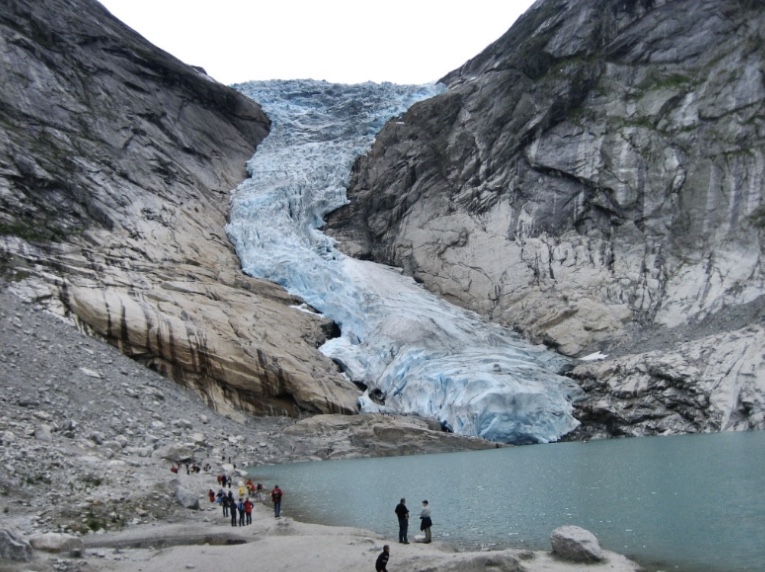The devastation of climate change could actually be helping Norwegian archaeologists. The discoveries panning across glaciers in Scandinavia are rapidly appearing, uncovering thousands of years worth of information about our ancestors. Though melting ice has proven beneficial, there is a limit to its glory. The ancient materials have been naturally preserved for thousands of years, making them fragile and delicate in our climate today. Archaeologists are now in a race with time to preserve recently unearthed discoveries and are on the hunt for those that have not been found.
The Guardian’s Robin Mckie writes an article titled “How Global Warming is Aiding and Frustrating Archaeologists.” The article is centered around Trond Vihovde, a Norwegian archaeologist, and his team and their frustration surrounding the new circumstances at hand. Vihovde discovered thousand-year-old relics from Viking ancestors in 2010. He and his team have found hundreds of small tools and relics lying across the Juvfonna ice sheet that, at the time, was almost completely melted. Vihovde explains his awe and excitement in finding these but does not shy away from showing his disappointment in how he found them. Though the warming glaciers reveal a plethora of undiscovered artifacts, there is not enough time to collect them all. Fragile artifacts like wood and fine materials will wither away in days or months unless frozen. In the single 60-foot wide space that Vihovde and his team searched, they found hundreds of ancient relics that require preservation. The number of unearthed artifacts has only increased due to climate change in the 13 years following Vihovde’s discovery. This simply means that though Climate Change has exposed thousands of remains, it is also rapidly destroying them.
Another study in 2011 writes about more Norwegian Archaeologists stumbling across a marvel of artifacts thought to be buried in ice for thousands of years. Not only did they dig up small weapons and daily supplies, but they also uncovered the foundations of ancient homes. Radiocarbon dating puts this small village anywhere from 750-1150 CE. Mark Aldenderfer, the head of the digging team, thinks “archaeology should take advantage of this”(Columbia Climate School). Though the circumstances are grim, these relics will only be alive for a short period of time. Finds like this are a wonderful example of what could be found through melting glaciers and warming temperatures. The rush to find them is immensely stressful for archaeologists and scientists all over the world.
These are just two examples of how the ancient world buried below us is being affected by warming temperatures. New threats continue with the years as climate change worsens. Acidic rain and drastic temperature changes can destroy these artifacts making them almost impossible to identify. What used to be a strictly digging job now becomes a search and rescue mission. Archaeologists all over the world are on the hunt for finds that are exposed to melting ice. Mark Aldenderfer adds, “we can only hope that governments and others will work to stabilize greenhouse gas emissions for the sake of the entire planet.”

